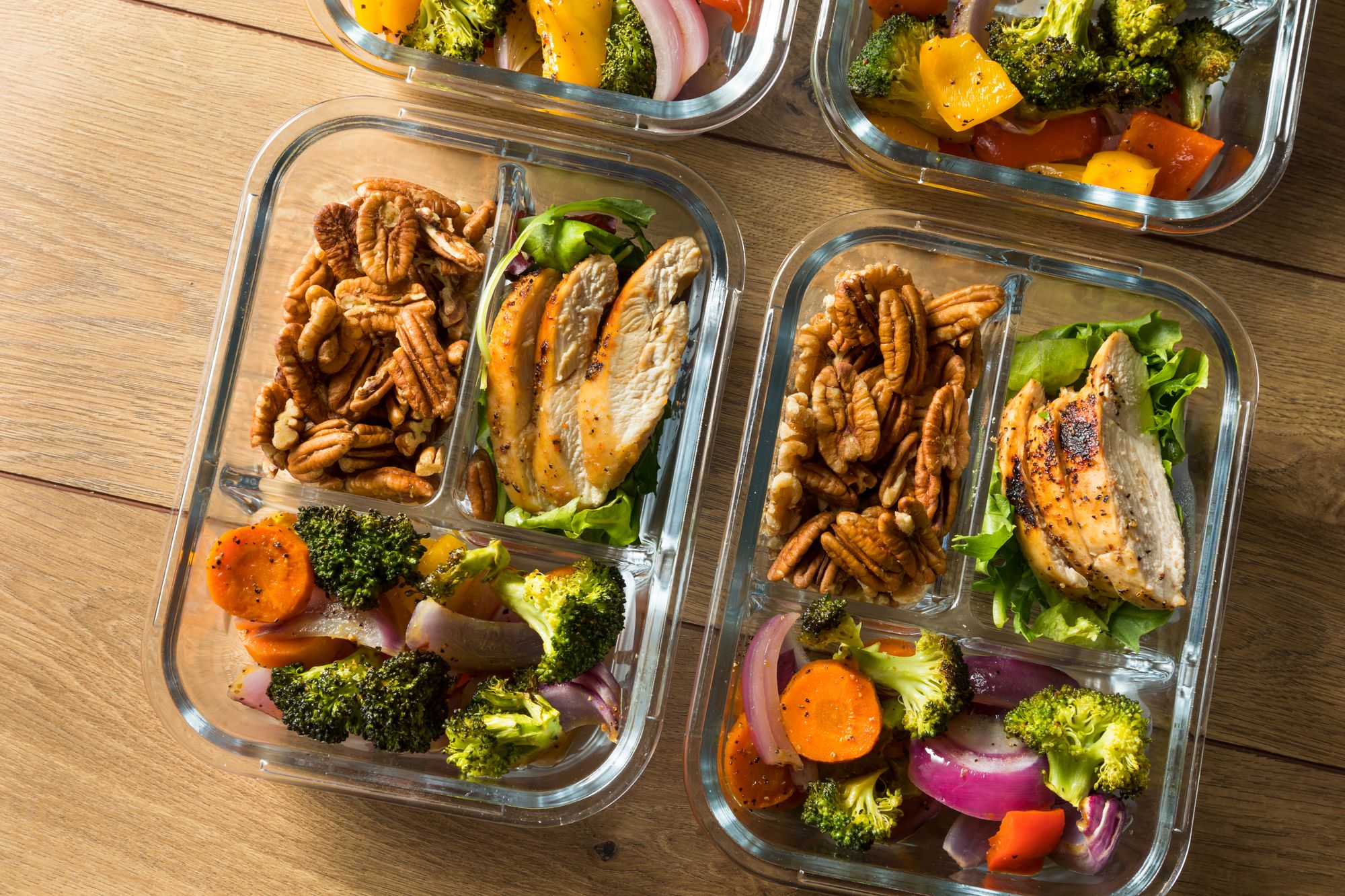What Is Exercise Burnout? How Can You Recover and Prevent It?
Can't seem to find that *sparkle* for your workouts back? You might be in the midst of an exercise burnout—learn what you can do about it here.

With everything going on in this strange post-pandemic world (*gestures at sky-high inflation rates, mass layoffs, and overall economic uncertainty*), you’ve likely experienced a bout or two of burnout.
Um, wait a minute. Isn’t burnout a workplace phenomenon?
This is GymStreak—so why are we talking about it? Well, see, while the concept of burnout does indeed come from workplace psychology, it’s seeped into all corners of our lives since those dark, lockdown-filled pandemic days.
In other words: beyond making you obsessively think about quitting your job to travel the world, burnout can also hurt your commitment to your fitness routine.
And, unfortunately, in contrast to job burnout, exercise burnout isn’t as easy to beat (how can you request Paid Time Off from your routine?) So, what can you do about it? That’s what this article is for. Continue reading to discover:
2️⃣ How to spot it from a mile away
3️⃣ How to bounce back from those uninspiring, ~meh feelings AND
4️⃣ How to prevent workout burnout in the first place
What is exercise burnout? (And how to tell if you have it)
First, a disclaimer. Technically speaking, no official definition of exercise burnout exists.
Still, building off from workplace burnout's definition, here's what we think may work best:
“Exercise burnout is defined as physical, emotional, and mental exhaustion due to a workout routine. It is often associated with a slew of negative feelings, from cynicism to irritability to resentment.”
But what does that look like? And how will you feel? Here are a few tell-tale signs that you may be experiencing exercise burnout:
- You’ve lost your motivation for training: You skip out on your workout session at the slightest inconvenience (oh, I stepped on a puddle—best get that tiny wet spot cleaned ASAP, so I’ll give the gym a miss today)
- You’re unusually fatigued: Sore, achy muscles are normal. But having to drag yourself out of bed and feeling like death, personified, with every step you take? Something’s up with you.
- Your performance is suffering: Is your performance declining (e.g., unable to hit last week's training volume) for no apparent reason, like weight loss or an injury?
- You’re getting injured more often: Despite staying consistent with your mobility work and warm-up routines, you're constantly pulling something or the other during your workout session.
- You’re mentally oh-so-done with exercising: You’re jaded. You’re ready to throw in the towel and give up exercising—forever. Muscles? Lower risk of chronic health conditions? Improved mental well-being? Yeah, you couldn’t care less at this point.
What’s the difference between exercise burnout and overtraining?
Hmm. Think all the above sound awfully like overtraining? That’s perfectly understandable.
Psst: don’t know what overtraining is? Don't worry. Here's a refresher:

However, it’s worth noting that they’re two separate things.
With overtraining, the prerequisite is that you’d need to have been, well, overtraining in the sense that you haven’t dedicated enough time for proper rest and recovery.
Workout burnout, on the other hand, can happen even if you're well-rested.
So perhaps a simpler way to think about it is that exercise burnout has more of a psychological origin than overtraining.
How to recover from exercise burnout
Alright. So, you're knee-deep in exercise burnout—and sadly (and metaphorically speaking), can't find the shore from where you are. What can you do to help yourself and fall back in love with exercising again?
Feel free to try out the following tips for size:
📋 Change your routine: If taking a break doesn’t work, maybe something deeper is at play here. Are your goals still challenging you (or have you even made an effort to set goals)? If going to the gym to break PRs is no longer cutting it for you, why not pick up a different activity, like rock climbing, that may get you excited about training your upper body and grip strength, for instance? Even switching up an exercise or two in your routine could be enough.
🍲 Relook at your nutrition: Your nutrition can affect how you feel and perform during your workout sessions. If you're struggling with less-than-optimal moods, try eating a high-quality, nutrient-dense diet. Multiple studies have found that eating more fruits and vegetables is associated with less worry, lower tension, and improved overall well-being.
🛌 Prioritize living a healthier lifestyle: Besides optimizing your nutrition, look toward other aspects of your life. Are you maximizing your chances of staying motivated on your fitness journey (e.g., is your habit of doom-scrolling on TikTok preventing you from hitting 7 hours of sleep nightly?)
How can you eat healthier? Well, you might find these meal plans useful:


Cliché, but true: prevention is better than cure
You know what they say … prevention is better than cure. So, if you've never experienced workout burnout or have recovered from it, and would like to keep it that way, here's some advice: it all comes down to smart workout programming.
To keep motivation levels high without running into mental exhaustion or recovery issues, you’ll want a workout program that:
😮💨 Makes space for adequate recovery time; you and your muscles will appreciate the downtime!
✨ Helps you meet your fitness goals, whatever they may be (we’re always extra motivated the moment we see our hard work paying off)
Well, OK, that sounds logical and all, but there’s just a teeny-weeny problem.
You don’t know sh*t about workout programming.
You’re not a personal trainer, after all. What now, then?
We'll tell you what. Download GymStreak. This smart, AI-powered personal trainer app will create a workout program perfectly tailored to you and your fitness goals—so you can leave all your worries about exercise burnout in the dust.
Take a sneak peek at the app here:
Expert, Burnout-Preventing Workout Programming Is a Click Away
We're ready to help you. Just download the app, and you're all set.
References
Maslach, C., & Leiter, M. P. (2016). Understanding the burnout experience: Recent research and its implications for psychiatry. World Psychiatry, 15(2), 103–111. https://doi.org/10.1002/wps.20311
Ocean, N., Howley, P., & Ensor, J. (2019). Lettuce be happy: A longitudinal UK study on the relationship between fruit and vegetable consumption and well-being. Social Science & Medicine (1982), 222, 335–345. https://doi.org/10.1016/j.socscimed.2018.12.017
S, R.-B., M, S., Lc, B., Np, B., Cp, B., R, W., Jm, D., C, H., Dj, M., Je, S., Rm, D., Jm, H., & Jr, L. (2022). Higher Consumption of Fruit and Vegetables Is Associated With Lower Worries, Tension and Lack of Joy Across the Lifespan. Frontiers in Nutrition, 9. https://doi.org/10.3389/fnut.2022.837066


